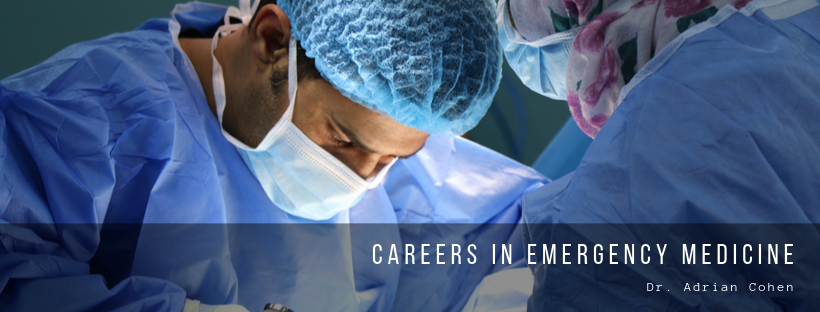When choosing to go into medicine, there are many different paths you can go down. If you’re someone who enjoys a fast-paced work situation that required quick thinking as well as efficient handling, emergency medicine might be the path for you. While medical careers typically involve a relationship with patients, treating or assisting them over time until they’re fully recovered, careers in emergency medicine instead focus on handling the situation quickly with minimal but necessary treatment, as well as transporting or transferring patients to the appropriate medical service. If emergency medicine is something you’re interested, here a few different paths you can go down.
Emergency Medical Technician/Paramedic (EMT)
Likely one of the first roles thought of when on the topic of emergency medicine, EMTs have the training to provide quick medical service in emergency situations. They’re typically the first responders when it comes to emergency situations, and there are three levels of training for them. EMT-Basic is the lowest level of EMT training, and usually includes training for things such as basic life support for injured or ill patients as well as learning the proper use of field equipment and safe transport of patients. EMT-Intermediate goes deeper, including skills for drug-related calls, emergency childbirth and other emergencies. Finally, the third level is known as a Paramedic, which requires the most training but also gives them the full rundown of procedures for emergency care such as learning how to handle strokes, heart attacks and much more.
ER Physician
Working in the emergency room of a hospital or urgent care clinic, ER physicians are trained as MDs but also have a three or four-year residency in emergency medicine post-graduation. An ER physician must be prepared to handle any emergency condition that’s given to them, whether it be medical, surgical or psychiatric. The process typically involves performing necessary procedures in order to stabilize patients, and then proceed to send them on their way to the appropriate medical department. During this time they evaluate, run tests, diagnose and then treat any acute physical injury as well as other medical conditions such as strokes. Outside of this, they will often discuss the patient’s condition with a specialist or surgeon when needed, and will sometimes educate patients on their conditions as well as helping them understand and accept what is needed for a swift recovery.
Wilderness and Rescue Medicine
Rescue medicine is all about providing medical care during emergency situations where medical service just isn’t readily available. Situations like this may include but aren’t limited to a difficult or dangerous environment or having to improvise on equipment. Those skilled in emergency medicine typically have specialties in areas such as diving, high-altitude and mountaineering, rescue and evacuation as well as so much more. If you’re looking for something that is a little more adventurous than being an EMT, rescue medicine is likely the route for you.

